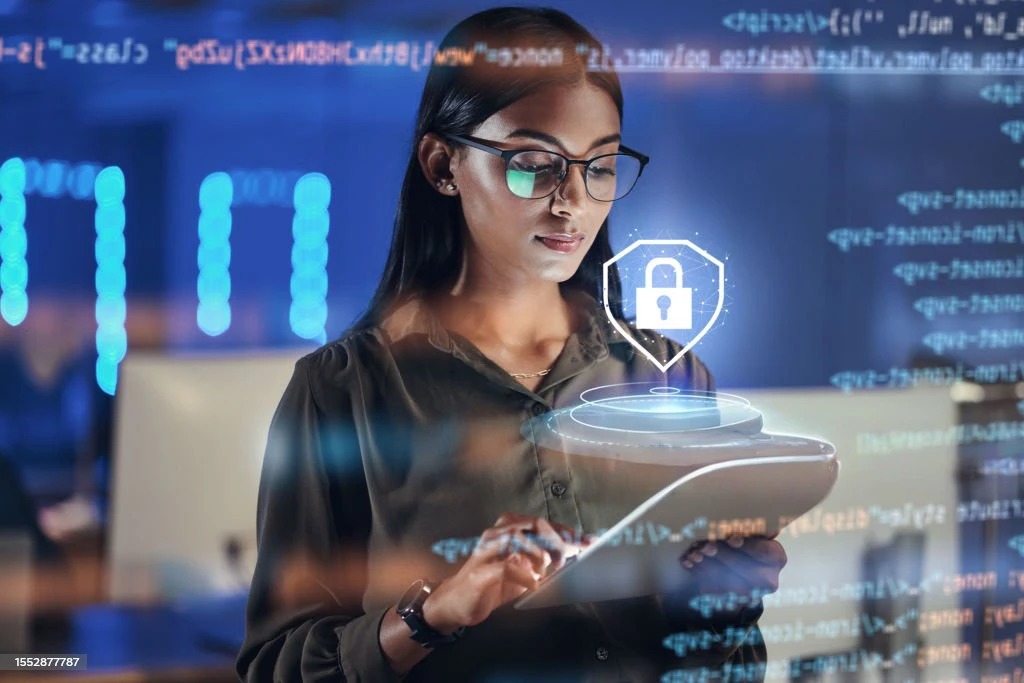The Critical Role of Enterprise Cybersecurity
In today’s hyperconnected, cloud-driven world, enterprise cybersecurity is no longer just an IT concern—it’s a boardroom priority. As businesses scale digitally, threats evolve in sophistication, frequency, and impact. From ransomware attacks to supply chain breaches, the security landscape of 2025 demands a proactive, integrated approach to protect data, people, and operations.
Here’s an in-depth look at the state of enterprise security in 2025, covering key threats, technologies, challenges, and best practices for staying secure.
The Evolving Threat Landscape
According to Gartner’s 2025 Cybersecurity Trends Report, 73% of enterprises experienced at least one cyberattack in the past year. The most common threats include:
1. Ransomware
Sophisticated encryption attacks that demand payment, often crippling operations.
2. Insider Threats
Negligent or malicious actions by employees or contractors.
3. Supply Chain Attacks
Cybercriminals exploit third-party vendors or software providers.
4. Phishing & Social Engineering
Tactics that manipulate human error to gain access.
5. Zero-Day Exploits
Attacks targeting previously unknown vulnerabilities.
Cybercriminals now use AI-powered attacks that adapt in real time, making traditional perimeter defenses obsolete.
Core Pillars of Enterprise Security
Modern enterprise security rests on six foundational pillars:
1. Identity & Access Management (IAM)
Ensures only authorized users access critical systems via:
- Multi-Factor Authentication (MFA)
- Single Sign-On (SSO)
- Role-Based Access Control (RBAC)
2. Network Security
Modern solutions include:
- Next-Generation Firewalls (NGFWs)
- Zero Trust Network Access (ZTNA)
- Intrusion Detection/Prevention Systems (IDS/IPS)
3. Endpoint Protection
Critical for remote and hybrid workforces:
- Endpoint Detection & Response (EDR)
- Mobile Device Management (MDM)
- Real-time antivirus & anti-malware
4. Data Security
Protects sensitive data via:
- AES-256 encryption
- Data Loss Prevention (DLP)
- Cloud-native security policies
5. Cloud Security
Essential for multi-cloud environments:
- Cloud Access Security Brokers (CASBs)
- Secure Access Service Edge (SASE)
- Infrastructure as Code (IaC) scanning
6. Compliance & Governance
Enterprises must adhere to:
- GDPR (EU)
- HIPAA (US healthcare)
- ISO/IEC 27001
- NIST Cybersecurity Framework
Failure to comply can result in severe financial and reputational penalties.
Emerging Technologies Transforming Security
🔹 AI-Powered Threat Detection
Identifies anomalous patterns in real time, preventing breaches before escalation.
🔹 Behavioral Analytics
Tracks user activity to detect insider threats or credential abuse.
🔹 Zero Trust Architecture
“Never trust, always verify” is now the gold standard, especially for hybrid work.
🔹 Decentralized Identity
Blockchain-based authentication enhances security without exposing credentials.
Real-World Case Studies (2024–2025)
✅ UK Financial Firm Implements Zero Trust
A London investment firm reduced breach attempts by 83% after adopting Zero Trust and employee cyber hygiene training.
✅ US Healthcare Group Thwarts Ransomware
A California hospital used EDR + immutable backups to restore data in 2 hours, avoiding a $750,000 loss.
Challenges Enterprises Still Face
- Skill Shortages – High demand for cybersecurity professionals.
- Shadow IT – Unauthorized apps create security blind spots.
- Third-Party Risk – Breaches often originate from vendors.
- Security Fatigue – Employees overwhelmed by alerts may bypass protocols.
Best Practices for 2025
1. Adopt a Zero Trust Model
Segment networks, authenticate continuously, and monitor all activities.
2. Invest in Security Awareness Training
Human error causes 82% of breaches—training reduces phishing risks.
3. Automate & Orchestrate
Use SOAR tools to speed up threat response.
4. Implement Strong Backup Policies
Ensure backups are encrypted, tested, and immutable.
5. Audit Third-Party Risk
Require vendors to meet security compliance standards.
6. Develop an Incident Response Plan
Simulate attacks quarterly to refine protocols.
Security and ESG: A New Intersection
Cybersecurity is now part of Environmental, Social, and Governance (ESG) strategy. Businesses must:
- Demonstrate resilience & preparedness
- Protect customer & employee data
- Ensure transparency in breach reporting
Final Thoughts: Proactive Security = Sustainable Success
In 2025, enterprise security must be anticipatory, not reactive. Combining advanced tech, smart policies, and employee engagement is the only way forward. Whether you’re a startup or a Fortune 500 firm, the time to secure your future is now.

























